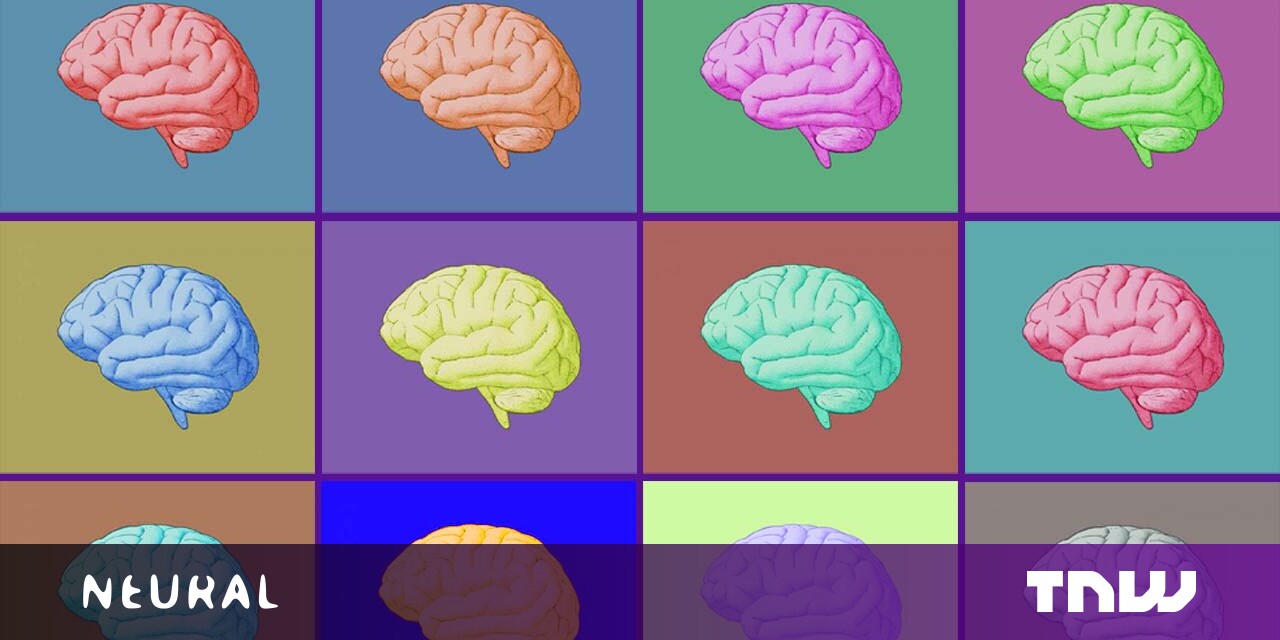
A team of researchers at the US National Institutes of Health (NIH) recently published research indicating they’d identified and observed the specific brain cells responsible for creating, storing, and retrieving human memories.
Dubbed “Neurons detect cognitive boundaries to structure episodic memories in humans,” the paper essentially lays out a paradigm where “boundary” and “event” cells in the human brain act as markers between specific memories.
This means each of our memories are discrete objects, like chunks of chocolate or folders in a filing cabinet.
Per the team’s paper:
We recorded the activity of single neurons in the human medial temporal lobe (MTL) during the formation and retrieval of memories with complex narratives. Here, we show that neurons responded to abstract cognitive boundaries between different episodes.
To accomplish this, the team enlisted the aid of 20 volunteer patients whose brain activity was being recorded via surgical implant for the purposes of treating drug-resistant epilepsy.
The volunteers were asked to view videos depicting sequences of events and then called upon to recall the specific order they occurred in later.
According to a press release from the NIH:
They looked at how the patients’ brain activity was affected when shown film clips containing different types of “cognitive boundaries”—transitions thought to trigger changes in how a memory is stored and that mark the beginning and end of memory “files” in the brain.
The first type, referred to as a “soft boundary,” is a video containing a scene that then cuts to another scene that continues the same story. For example, a baseball game showing a pitch is thrown and, when the batter hits the ball, the camera cuts to a shot of the fielder making a play. In contrast, a “hard boundary” is a cut to a completely different story—imagine if the batted ball were immediately followed by a cut to a commercial.
Scientists at MIT performed a similar experiment with lab rats last year. However, their work involved having the rats run laps around a track where they were given a treat upon the successful completion of a circuit.
The MIT team was able to identify the boundary and event cells marking not only the beginning and end of each lap, but which specific lap (first, second, third, and so on) the rats were on. In essence, the researchers saw discrete chunks of memory being formed.
While the two experiments were conducted by different teams, and the human brain is certainly far more complex than a rat’s, their independent results seemingly confirm one another.
The NIH team intends to build on this work in hopes of discovering new therapies to treat memory disorders.
Per the press release:
In the future, Dr. Rutishauser and his team plan to look at two possible avenues to develop therapies related to these findings. First, neurons that use the chemical dopamine, which are most-known for their role in reward mechanisms, may be activated by boundary and event cells, suggesting a possible target to help strengthen the formation of memories.
Second, one of the brain’s normal internal rhythms, known as the theta rhythm, has been connected to learning and memory. If event cells fired in time with that rhythm, the participants had an easier time remembering the order of the images that they were shown. Because deep brain stimulation can affect theta rhythms, this could be another avenue for treating patients with certain memory disorders.
There could, however, be implications beyond the health sector. The current state of artificial intelligence could best be described as a pale imitation of human intelligence.
One thing that separates us from the machines is our ability to process and retrieve memories in relation to a relatively static timeline. In other words: we’re capable of experiencing the passage of time.
It’s possible machines may never truly achieve self-awareness unless they gain the ability to cognitively process an unbroken chain of discrete time chunks like humans and lab rats do.
Previous research in the field of physics has shown that time itself may be made up of discrete units, which would indicate that the passage of time isn’t subjective — unless you’re standing in a black hole.
The human brain however, doesn’t manipulate the actual stream of time itself when it accesses memories — it would be quite discombobulating if the entire universe jammed itself into reverse every time one of us tried to remember where we left our car keys. Instead we perform what’s called “mental time travel.”
As Ulric Neisser wrote in Memory: An Anthology, “Remembering is not like playing back a tape or looking at a picture; it is more like telling a story.”
The passage of events through the lens of observation allows our fascinatingly complex brains to create an individual, malleable model of space-time in our minds.
According to the NIH and MIT studies, this model of time is just as functional for the purposes of memory formation, storage, and retrieval as the real thing (again, assuming time itself is made up of discrete chunks).
And, hypothetically speaking, that means we could potentially imitate it. If AI developers were able to create artificial boundary and event cells, maybe it’s possible they could engineer a machine “brain” capable of forming and recalling its own experiential memories.
Keep that in mind next time you say something nasty to a virtual assistant.
